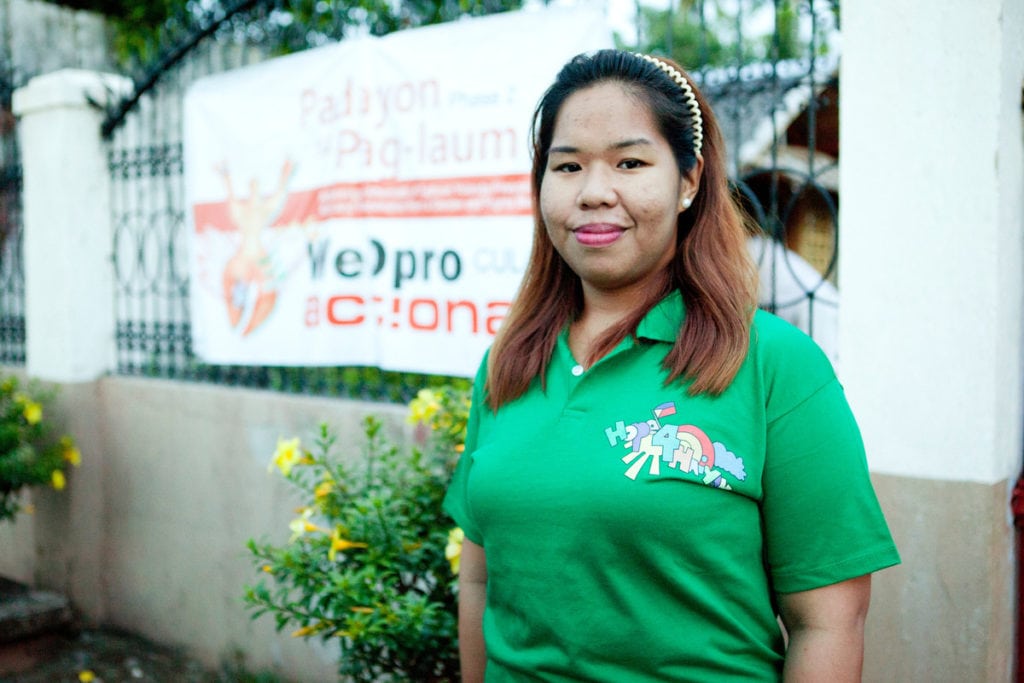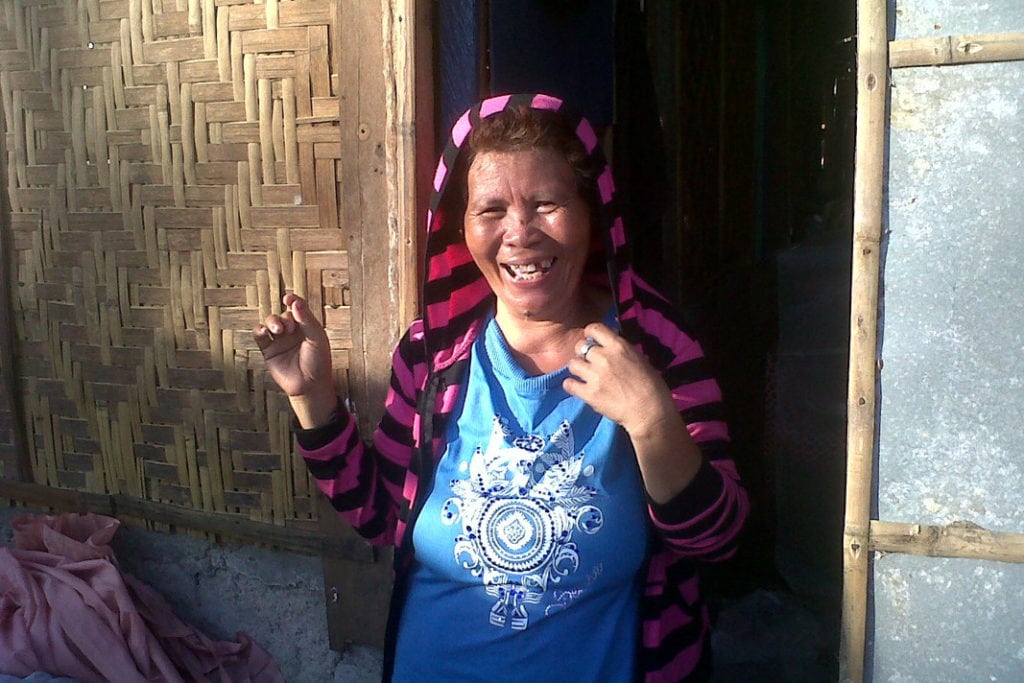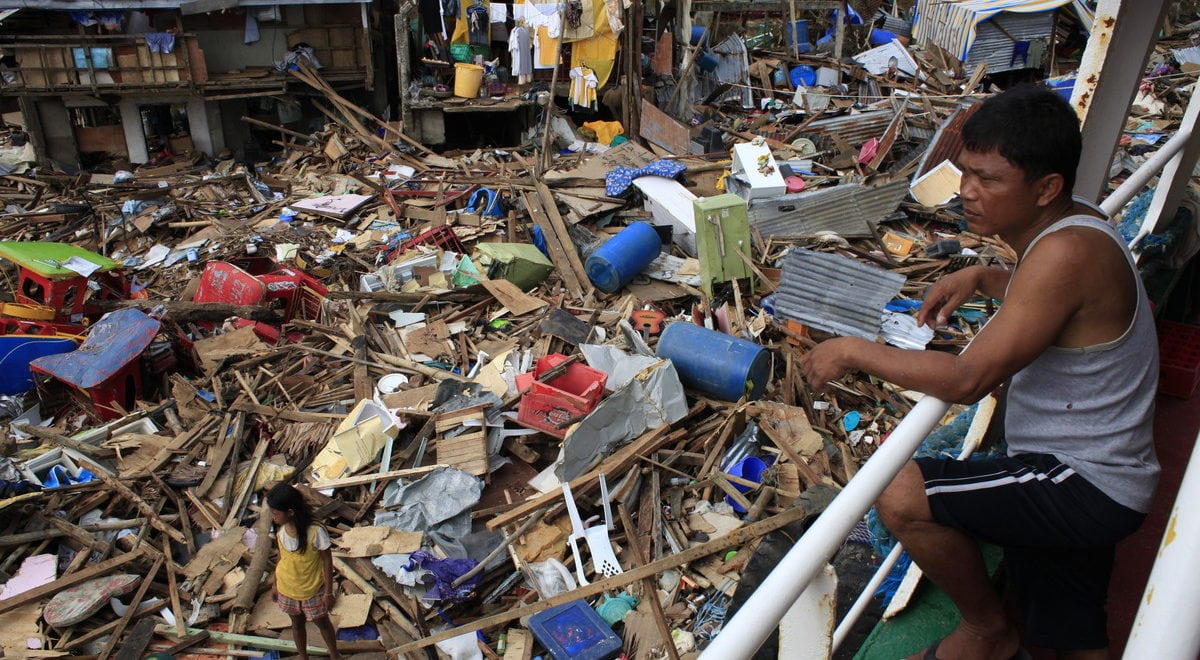By Sonya Ruparel, Deputy Humanitarian Director, ActionAid International
When Typhoon Haiyan ripped through the Philippines on November 8, 2013, at least 6,000 people were killed and over 14 million people lost their homes, possessions, and livelihoods. Roads, hospitals, and power lines were devastated by 190 mile-per-hour winds.
As dozens of organizations rushed to respond — from the UN, to government agencies, to non-profits large and small — they quickly encountered familiar challenges. And by challenges, I don’t mean the impassable roads or the downed power lines. I mean struggles with coordination and duplication, cost-effectiveness, and listening closely to the needs of affected communities. These have long been pain points for the humanitarian community, and areas where we’re constantly working to improve. But assessments of the Typhoon Hayian response and a host of other emergencies in the last five years point to a difficult reality: the humanitarian system itself is in crisis.
This is especially true during “surge,” which happens at the initial onset of a disaster. Surge is the process of rapidly deploying aid to the center of a crisis – whether it be people, materials or funding – and then scaling back down once the situation has stabilized. Each year global disasters are increasing in frequency and intensity, yet the surge system isn’t working.
What if we could transform surge, making it faster, cheaper, more responsive, and more effective?
ActionAid, in partnership with 24 peer organizations and networks, is doing just that. Through an initiative called Transforming Surge, we are leading a cross-sector collaboration that is mapping a new way forward in emergency response.
Step 1: Localization
Transforming Surge hinges on the principles of localization and investing deeply in local leadership. Communities know their own dynamics, strengths, culture and challenges best, and have the inside track on solid, sustainable solutions that will work for them. This may seem like common sense — but until now, it hasn’t been applied to humanitarian response in a systematic way.
According to an independent report commissioned by ActionAid, CAFOD, Christian Aid, Oxfam, and Tearfund in 2013,“major evaluations of numerous high profile humanitarian crises… have identified insufficient investment in, and commitment to, [national and local] partnerships as the biggest hindrance to effective performance” for the humanitarian community.
Local organizations are able to respond to disasters more quickly and stay longer than international actors, and they have a better understanding of the local context and greater access to affected populations. Deploying national humanitarian staff also costs about one-third the price of deploying international staff. Yet their efforts and capacity are often overlooked, and tend to be undermined once the international system kicks in. Transforming Surge is based on reinforcing, not replacing, national and local leadership.
If we want a more sustainable disaster response system, we must shift power to local actors. And if we really want to shift power to local actors, we must build and recognize local and national surge capacity. Otherwise, the humanitarian system will continue to over-rely on global surge systems that are already strained and often inefficient.

Investing in local disaster response professionals is crucial to transforming surge capacity. April and her colleagues at Wedpro, an ActionAid partner in the Philippines, designed the first disaster-resilient evacuation center in their region. It is the country’s first center specifically designed around women, children, and people with disabilities, and even has an emergency medical unit in-house. [McRobert Nacario/ActionAid]
By piloting this model with three new disaster response networks in the Asia region, Transforming Surge has shown that localization means more than serious savings. It also incentivizes organizations to collaborate rather than compete; and with new software and apps for roster management, communications, budgeting, and more, that collaboration has never been easier.
Step 2: Capacity-Building
Investing in local leaders means not only respecting their role in the driver’s seat, but supporting their capacity-building efforts as well, so that they – with the support of the UN and global community, the private sector, and academia – are properly equipped to prepare for and respond to disasters in their own backyards, and rebuild in more resilient, adaptable, and equitable ways.
This includes training equal numbers of women as humanitarian responders. Women remain a minority in the current surge system, but given that women are at particularly high risk during times of disaster and are often at the heart of recovery efforts, strengthening women’s leadership at all levels is central to building a more effective humanitarian community.
To support all of these efforts, Transforming Surge has established a new open source training resource for surge personnel and runs emergency simulations to test the efficacy of local surge networks, identify gaps, and make necessary adjustments. New guidelines have also been established for the recruitment and wellbeing of staff working in high-trauma environments, which is an often overlooked but critically important piece of building sustainable surge capacity.
Step 3: Keep at it
Since the launch of Transforming Surge in 2014, ActionAid and our partners have learned a lot, and we know that there’s still much more to come. A few of the most important things that we’ll be working on in the next few years include:
- Engage the private sector as critical members of disaster-prone communities. Bringing not only financial support, but technical support for disaster preparedness and response, businesses have an important but under-leveraged role to play in strengthening local surge.
- Encourage funding for regional- and national-level organizations through networks and coalitions that build trust and transparency for donors, and through decentralized, “bridging” entities like ActionAid, that have both a local footprint and global reputation.
- Build capacity with local surge actors, which is a long-term process that won’t happen overnight. This includes technical skills; operations and management skills; and support on inter-organizational coordination.
The Philippine island of Mactan was one of the hardest hit by Typhoon Haiyan. In the days following the storm, as I supported needs assessments on the ground, I talked with a woman named Beverly, 50, who had moved into a local school with her family of 10 – one of the few buildings left standing. Beverly said there had been food delivered in the four days since Haiyan – packages of rice and sardines – but no other aid had arrived, and no one had asked her or her neighbors what they needed.

Beverly moved into a school with her family after Typhoon Haiyan destroyed their house. [ActionAid]
With Transforming Surge, we’re aiming to create a humanitarian system where women like Beverly come first; where she can have a say in what happens next; and where her needs take priority.
Author’s Note: Transforming Surge would not be possible without a collaborative effort. Global partners include: Action Contre le Faim, Christian Aid, the Catholic Agency for Overseas Development, CARE, International Medical Corps, Islamic Relief, Muslim Aid, Plan International, Save the Children and Tearfund. Several technical partners help with delivery, providing experience, advice and frameworks that guide action. These include Communicating with Disaster Affected Communities (CDAC) Network and the Core Humanitarian Standard Alliance.



